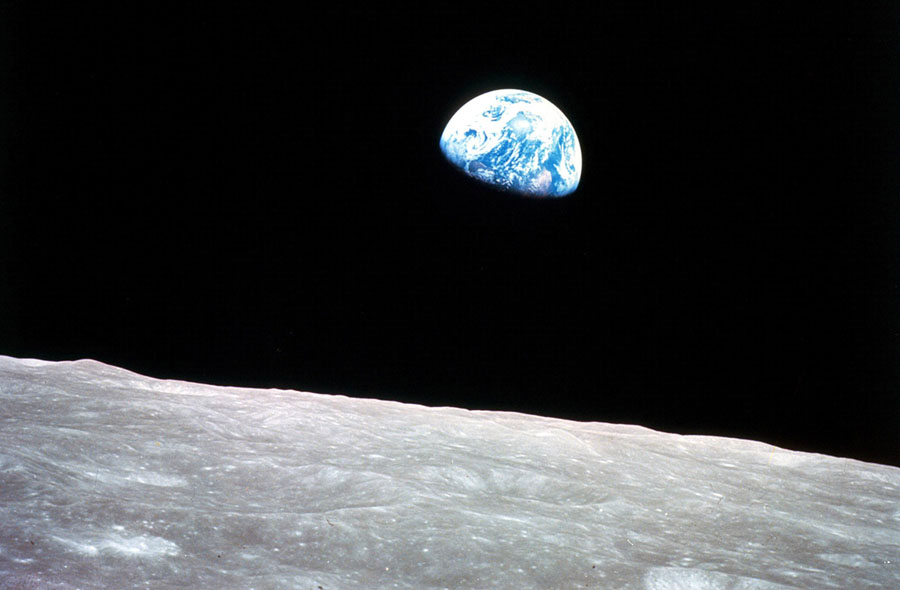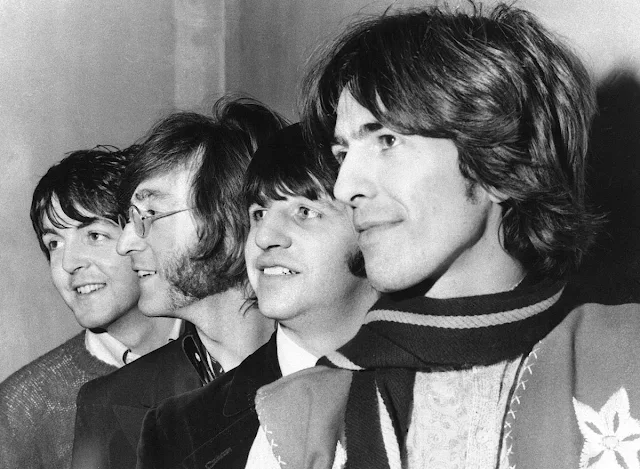Judas and the Black Messiah (2021)
It is not easy to change society. The people of the top of the perch want to continue having their nice view undisturbed. Those in the middle rung wish to have continued access to the top and maintain their gateway to positions whilst asserting dominance upon the plebians under their feet. The plebians, well, they are a pathetic lot. They bicker amongst themselves to be king, imagining the changes in their lives upon springboarding to the top.
The minions' blinded voracious appetite is not the only impeding factor that prevents them from reaching the top. The kingmakers also send in their instigators and moles to derail any flicker of progress.
The Civil War was not started by the Northerners because of altruistic intentions, because they could not stomach seeing black slaves being treated worse than animals. It was economics, stupid. The Union just wanted to liberate the slaves and pack them off to Africa, specifically Liberia, not treat them as an equal inhabitant of the USA. The slaves were emancipated, but nobody wanted to go anywhere. So they stayed back but were harassed of their liberties by the Klan members and bound by the Jim Crow laws.
 |
| Rainbow Coalition logo |
Despite the restrictive living conditions that they were exposed to, some sociologists saw marked improvement in their living standards. As slavery was outlawed the world over, fellow African formers from the Carribeans and South Americans looked up to their American counterparts as role models. This era also saw intellectuals like Booker T Washington (1856-1915), born into slavery, who rose to become an intellectual and advisor to President Theodore Roosevelt. He established Tuskegee Institute (later University) in Alabama. Washington believed that the way to advance is to be pally with the ruling establishment, concentrate on education, learn valuable trades, and investing in their own businesses. This, he believed, would eventually lead to equal political and civil rights.
However, his nemesis, W E D Du Bois (1868-1963), a Ph D in history scholar, disagreed. He abhorred segregation and demanded equal rights for all blacks. Du Bois believed that racism is an inevitable effect of capitalism. He became a card-carrying member of the Communist Party, but his work spearheaded the subsequent black civil rights movement.
The 1920s America also saw the Harlem Renaissance when African American culture, manifesting in literature, music, stage performance, and art, became mainstream.
Despite Washington and Du Bois' efforts, lynching and inequality continued.
In the mid-20th century, other black leaders came to the fore with different strategies. Dr Martin Luther King advocated his passive, non-violent movement. Some took a militant stance. Elijah Muhammad and his 'Nation of Islam' united blacks under the Islamic religion were asking for a separate nation. Malcolm-X broke away from the 'Nation of Islam' and concentrated on social improvement efforts. The 'Black Panther Party' screamed for a revolution.
 |
| Fred Hampton (1948-1969) |
With the FBI's cooperation, the Chicago police planted a mole in the Black Panthers Party to monitor the party's activities and subsequently kill Fred Hampton. This movie is the story of the whole operation through the eyes of the police informant, William O'Neal.
Fred Hampton is portrayed like Jesus, the Messiah, the revolutionary who united a motley crew of marginalised people against a mighty but despotic Roman regime. But, unfortunately, Pontius Pilate and his sycophants saw Christ as a troublemaker instead. And Judas, like O'Neal, doublecrossed Jesus by being a follower for a meagre sum of money. Like Judas too, in the latter part of his life, O'Neal is said to have committed suicide for the sell-out. This, he is said to have done after his 'bare-it-all interview with the PBS channel. Others like to believe the 'accident' was 'arranged' by the FBI for his exposé.
The issues, all the while, have been the same by all movements - demand for good education, decent housing, adequate medical coverage, fair trials and an end to police brutality. It is pretty much the same ring even today.








































